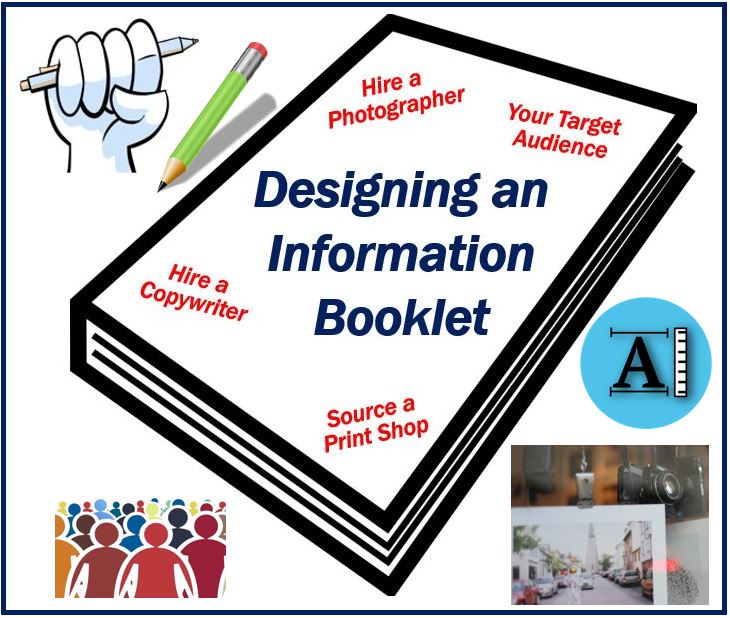 Many businesses see incredible growth from creating powerful printed content they hand out freely to their customers. The material can be distributed in the mail or placed in a reception area for visitors to pick up.
Many businesses see incredible growth from creating powerful printed content they hand out freely to their customers. The material can be distributed in the mail or placed in a reception area for visitors to pick up.
If you’d like to try this approach and hope to create the most effective design, here’s what you can do.
-
Source Your Print Shop
Many booklet designers tend to leave their choice of print shop to the last step in the design process, but this should be your first step. Print shops often apply specific parameters to their jobs to simplify the process.
You can discuss all your options up front to help you identify the best choices for your booklet. For example, you might learn about the various kinds of binding you can use, from saddle stitch binding, which is perfect for small, economical booklets, to coil binding, which may be preferable for larger volumes.
You can also study your options for paper quality, print styles, sizing, and more. Armed with this initial research, you’ll be able to design your booklet to optimal parameters rather than risk having to make changes at the last minute.
-
Consider the Audience
When you’re ready to start the design, always revisit your audience. As a business owner, you should know your market fairly well, but it can be helpful to jot down the information about demographics, what your customers value, what tends to capture their eye, how your booklet can help them, and so on.
Being able to see the information on paper can help you enter the best mindset for your design. Most important, you should consider the end goal for your booklet.
Are you trying to introduce new products? Attract new customers? Inform your loyal customers about a relevant topic? Such criteria can match up with your audience details to guide your content.
-
Copyedit the Text
The content of your booklet relies heavily on the text, obviously. You’ll curate images and layout to boost the message you’re trying to get across.
Therefore, it’s essential to have a reasonably well-polished piece to present. If you can, after you’ve written the content, hand it to a professional for copyediting. That person will comb the words carefully for structural and grammatical errors so it flows well and avoids vague and misleading phrases that would otherwise lessen the quality and value of your text.
Get creative with the copy. Try to think outside the box, and present the information in a way that will compel readers to continue reading or heighten their interest. Use appropriate language and attitudes that tend to be associated with your industry.Writing may not be your strong point, so you may decide to hire a copywriter for this stage of the process. If you do, work with the writer to create a deliverable that flows well yet keeps the message fully intact.
-
Use Compelling Imagery
Your images can say just as much as, if not more than, your text. Selecting the right graphics is critical. A well-designed booklet will be filled with images that instantly convey your main points and support the verbal content.
This means you should using avoid stock images, if possible. It’s convenient to purchase gorgeous stock photography to illustrate your booklet, but counterintuitive as this may sound, it cheapens the look.
Stock images tend to be overdone, obvious — in other words, “too good to be real” — and most consumers will sense when you’ve used them. Instead, opt for your own original photography.
Hire a photographer to take shots of your team members, your office, your products, and other relevant subjects. Not only does this avoid the necessity of having to wrestle with permissions and royalties, but it will add a vibrant, trustworthy feeling to your work.
-
Create Excitement
Once your booklet is finished, consumers need a reason to pick it up. They won’t necessarily do it just because it happens to be free. Your publication should promise them info that will solve a problem or improve their life in some way.
You’ll need a compelling cover. It might have a stunning image that grabs the eye of your target users and gets them to flip open the pages so they can learn more. It might also pose a question or promote a strong title that piques curiosity.
You can use social media, emails, posters, and other advertising methods to encourage consumers to obtain a copy of your booklet. For example, you might tell consumers in a Facebook post to “Stop by our store today for your free booklet on this great topic!”
To quote Field of Dreams, “If you build it, they will come.”

